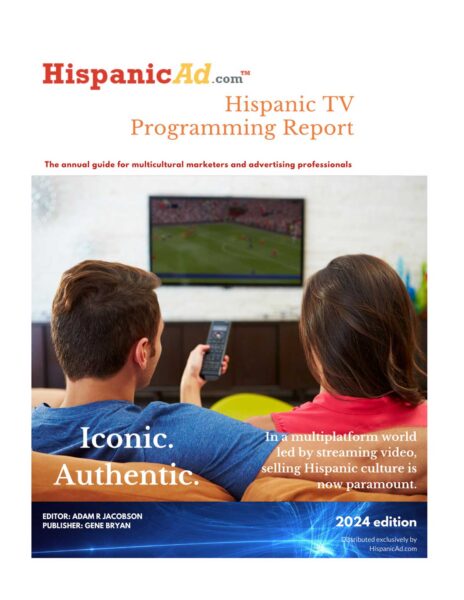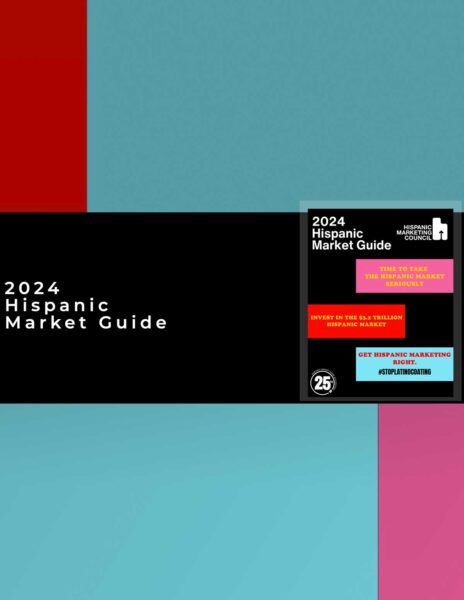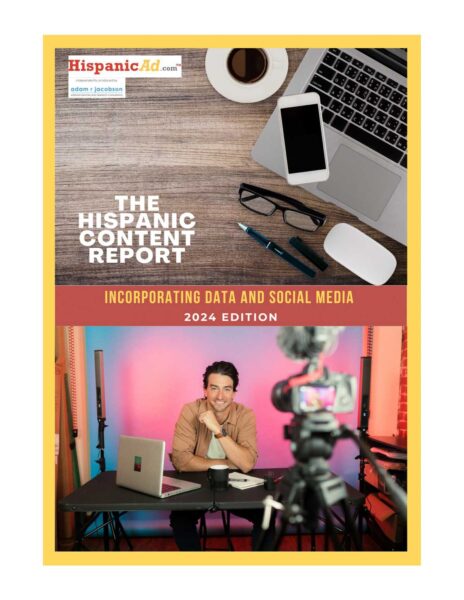English Dominant Hispanics Change How Brands Advertise
October 28, 2020
![]() Multicultural consumers are poised to become the majority in the next twenty years. One of the largest demographics in the multicultural ecosystem is U.S. Hispanics, who account for about half the population growth in the country. With slowing immigration, most of that growth is supported by U.S. births. The burgeoning numbers are driving a 1.2 trillion dollar Hispanic/Latino consumer market, making them an attractive target for companies and brands.
Multicultural consumers are poised to become the majority in the next twenty years. One of the largest demographics in the multicultural ecosystem is U.S. Hispanics, who account for about half the population growth in the country. With slowing immigration, most of that growth is supported by U.S. births. The burgeoning numbers are driving a 1.2 trillion dollar Hispanic/Latino consumer market, making them an attractive target for companies and brands.
Traditionally, brands market to U.S. Hispanics with ads translated into Spanish and distributed through Spanish speaking mediums. But Hispanics are not a monolith – one size does not fit all. And we see that play out not only across common factors like country of origin, but also by generation/acculturation. A major shift is happening within the Hispanic consumer base, prompting brands to re-evaluate their tactics.
Second and third generation Hispanics are getting older and are adopting the American ethos.
Given this, these two generations of U.S. Hispanics will change the landscape of Hispanic advertising. Engaging these younger consumers will require breaking convention and tapping into new, innovative ways to reach this new mainstream. When doing so, it is important that advertisers keep these factors in mind:
Spanglish is a Myth.
The term Spanglish has been used a lot in sitcoms and movies. For those who do not know, Spanglish is a mix of 80% English and 20% random Spanish words included in the sentences. It is colloquial language, and despite its pervasive use, is incorrect and misleading. Spanish cultural tones and certain words such as “Abuela” (Grandma) or other family pronouns are important, but they are not turned into a new language, as users of Spanglish imply.
Our data suggests that brands should stay away from promoting ads to U.S. Hispanic Millennials and Gen Z in Spanish, in general – Country of Origin Less Relevant to Younger Demographics.
Sixty percent of U.S. Hispanics are of Mexican decent but the other 40% are composed of Puerto Ricans, Cubans, Colombians, and so on. Each demographic must be targeted differently as there are cultural nuances unique to each group that influence purchase behavior. The children of these first generation consumers, however, are less likely to identify by the country of origin, as they identify as American, because they were born here. It is possible that first and second generation Hispanics will disconnect from the roots entirely as they further embrace the American ethos.
It’s imperative that brands understand that there are significant behavioral differences between first generation Hispanics, and second (Millennials) and third (Gen Z) generation Hispanics if they are to develop marketing campaigns that engage and activate these audiences.































